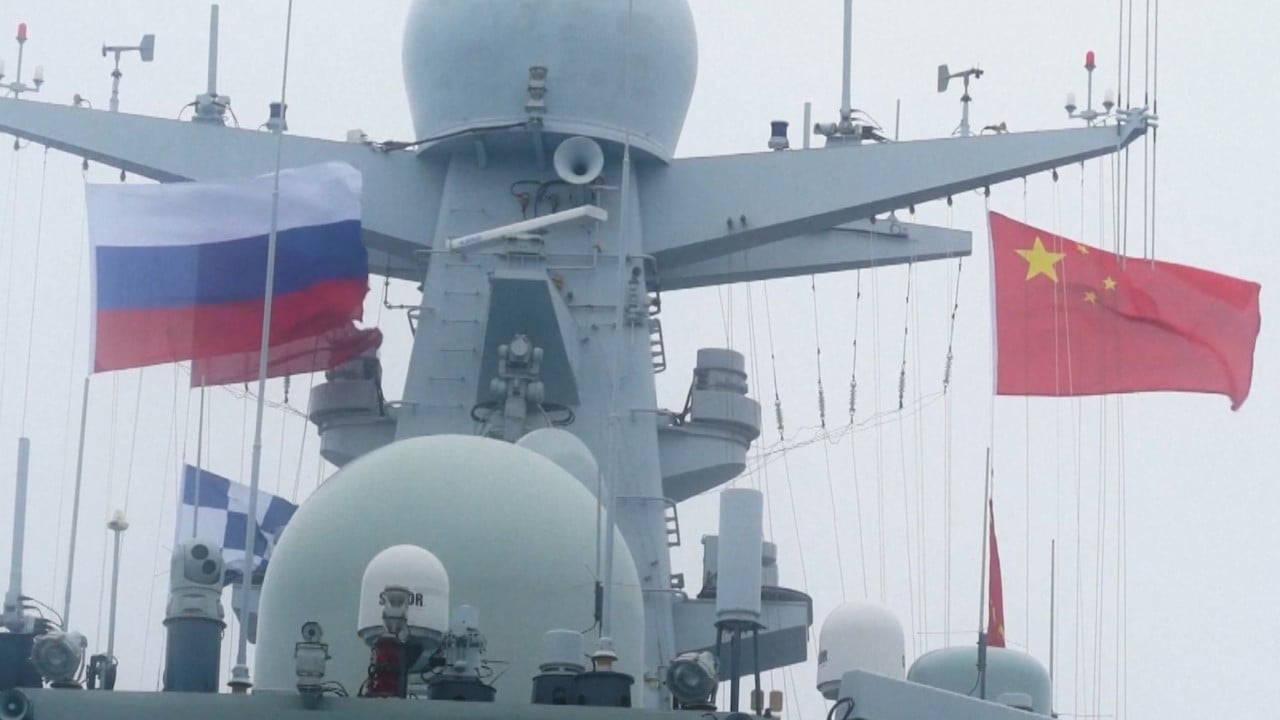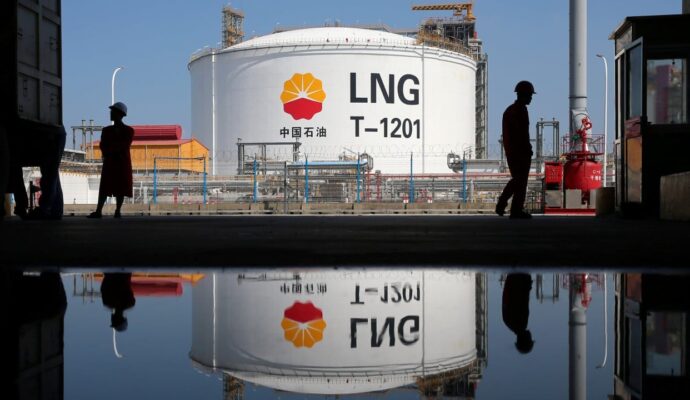The site’s live-tracking map showed that the ship, a fishery patrol vessel sailing under the flag of Taiwan, remained in Tokyo Bay on Wednesday.
Taiwan’s Coast Guard Administration confirmed that the Hsun Hu No 8 docked at Harumi Wharf in Tokyo “for routine maintenance and supply”.
Advertisement
“To strengthen our fishery patrols and protect our fishing rights … the Coast Guard Administration … has carried out its second high-seas patrol mission through the Hsun Hu No 8, which left Kaohsiung Port on July 15 and is expected to return to Taiwan on September 12,” the administration said on Wednesday.
The administration stopped short of saying if the port call had long been planned. It is rare for official Taiwanese vessels to stop in Tokyo or any other Japanese port unless in an emergency or to shelter from a tropical storm.
It said Taiwan had established a mutual boarding and inspection mechanism with Japan, the United States, New Zealand, the Cook Islands, France and Australia, reflecting Taipei’s strengthening international participation and consolidation of its conservation of high-seas fishery resources.
Asia has 5 of the world’s top 7 most powerful navies. Singapore ranks No 24
Asia has 5 of the world’s top 7 most powerful navies. Singapore ranks No 24
Commissioned in March 2013, the Hsun Hu No 8 is equipped with weapons, including a T-75S 20mm cannon, four T-90 heavy machine guns, three T-75 light machine guns, five Uzi submachine guns and five T-65K2 rifles.
It was last reported making a port call in Tokyo, also for supply, in August 2013 when the Taiwanese coastguard accidentally revealed it had requested the Hsun Hu No 8, which was docking in Tokyo at that time, to help in a mutiny case in the western Pacific where a Taiwanese fishing boat captain and engineer were killed.
Advertisement
Local news media reports said the latest stop for the Taiwanese coastguard vessel at Harumi Wharf had the attention of locals. Some said it was the first time they had seen an official ship from the island making a port stop in Tokyo.
Advertisement
Aso – a long-time vocal supporter of Taiwan – riled Beijing in 2021 by saying Japan should not turn a blind eye to the military expansion and increasing threats from Beijing as a “Taiwan contingency is a contingency for Japan”.
The port call and the remarks by Aso are certain to further provoke Beijing, which has viewed the island as its territory that must be brought back to its control, by force if necessary.
Beijing has warned countries that recognise it instead of Taipei against having official contact with the self-ruled island. Most countries, including Japan and the US, do not recognise Taiwan as an independent state but are opposed to any unilateral change of the cross-strait status quo by force.
Advertisement
Wang Kung-yi, head of Taiwan International Strategic Study Society, a Taipei think tank, said the port call was a further sign of improved ties of the two sides.
“Japan used to be highly cautious when it comes to dealing with cross-strait relations,” Wang said.
Japan says Beijing’s military supremacy over Taiwan growing swiftly
Japan says Beijing’s military supremacy over Taiwan growing swiftly
But Beijing’s expansion of forces in the Taiwan Strait and military operations in waters close to Japan, including the Miyako Strait between Okinawa and the Miyako Islands, had prompted Tokyo to modify its cross-strait policy by having greater contact with the island, Wang said.
Advertisement
“Examples like Taiwanese Vice-Premier Cheng Wen-tsan visiting Japan in June and Vice-President William Lai Ching-te making a so-called private trip to Tokyo to pay respects to former Japanese prime minister Shinzo Abe shortly after he was killed by a gunman last year are signs of closer ties between the two sides,” he said.
On Wednesday, the People’s Liberation Army sent 25 warplanes and five warships for missions around Taiwan, with 10 crossing the median line that separates the island and the mainland in the Taiwan Strait, Taiwan’s defence ministry reported.
Advertisement


